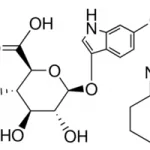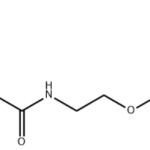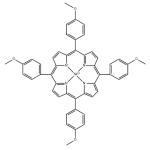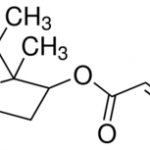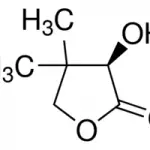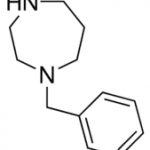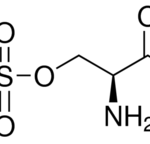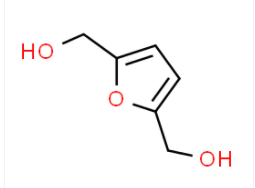
Identification
CAS Number
1883-75-6Name
2,5-FurandimethanolSynonyms
2,5-Bis(hydroxymethyl)furan 2,5-Di(hydroxymethyl)furan 5-(hydroxymethyl)-furfuryl alcohol (5-Hydroxymethyl-furan-2-yl)-methanol [5-(hydroxymethyl)-2-furyl]methan-1-ol [5-(hydroxymethyl)furan-2-yl]methanol 2,5-FDM furfuryl alcohol, 5-hydroxymethyl-SMILES
OCc1oc(cc1)COStnInChI
InChI=1S/C6H8O3/c7-3-5-1-2-6(4-8)9-5/h1-2,7-8H,3-4H2StdInChIKey
DSLRVRBSNLHVBH-UHFFFAOYSA-NEINECS Number
217-544-1Molecular Formula
C6H8O3Molecular Weight
128.13Properties
Appearance
White or off-white powderMelting Point
74-77°CFlash Point
120.333°CBoiling Point
275.358°C at 760mmHgDensity
1.283g/mlSafety Data
Symbol
Signal Word
WarningHazard Statements
H315-H319-H335Precautionary Statements
P261-P305 + P351 + P338Hazard Codes (Europe)
XiRisk Statements (Europe)
36/37/38Safety Statements (Europe)
26-36/37WGK Germany
3Specifications and Other Information of our 2,5-Furandimethanol CAS 1883-75-6
Purity
98%min;99%minIdentification Method
HNMR,HPLCStorage
At 0°C for long time, vacuum-packaged; Protect from light.Shelf life
1 year under vacuum conditionsUse
2,5-Furandimethanol CAS 1883-75-6 is a derivative of 2,5-Furandicarboxylic acid CAS 3238-40-2 which has a large potential as a replacement for terephthalic acid, a widely used component in various polyesters, such as polyethylene terephthalate (PET) and polybutyleneterephthalate (PBT). PET has a market size approaching 4 billion lb/yr, and PBT is almost a billion lb/yr. The market value of PET polymers varies depending on the application, but is in the range of $1.00 – 3.00/lb for uses as films and thermoplastic engineering polymers. The versatility of FDCA is also seen in the number of derivatives available via relatively simple chemical transformations. Selective reduction can lead to partially hydrogenated products,such as 2,5-dihydroxymethylfuran, and fully hydrogenated materials, such as 2,5-bis(hydroxymethyl)tetrahydrofuran. Both of these latter materials can serve as alcohol components in the production of new polyester, and their combination with FDCA would lead to a new family of completely biomass-derived products. Extension of these concepts to the production of new nylons, either through reaction of FDCA with diamines, or through the conversion of FDCA to 2,5-bis(aminomethyl)tetrahydrofuran could address a market of almost 9 billion lb/yr, with product values between $0.85 and 2.20/lb, depending on the application. FDCA can also serve as a starting material for the production of succinic acid, whose utility is elsewhere.General View of Documents



2,5-Furandimethanol CAS 1883-75-6 HNMR and HPLC


